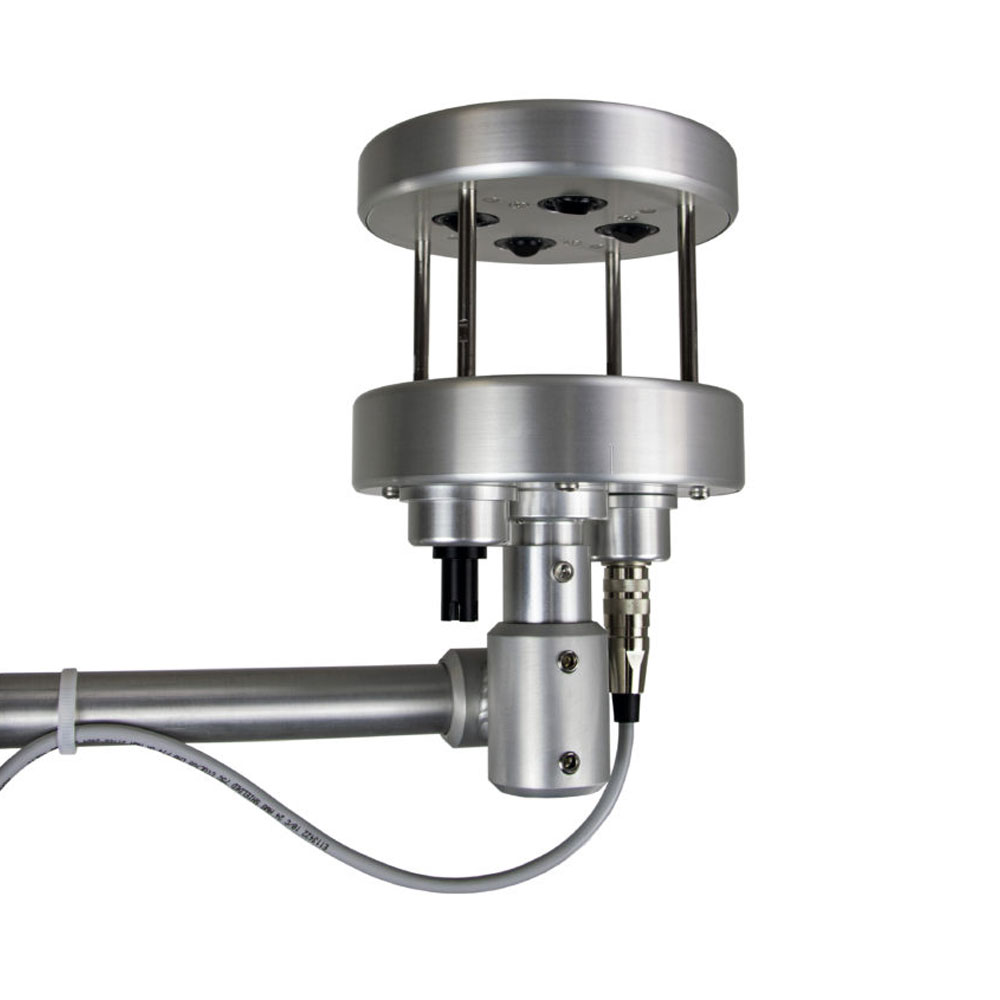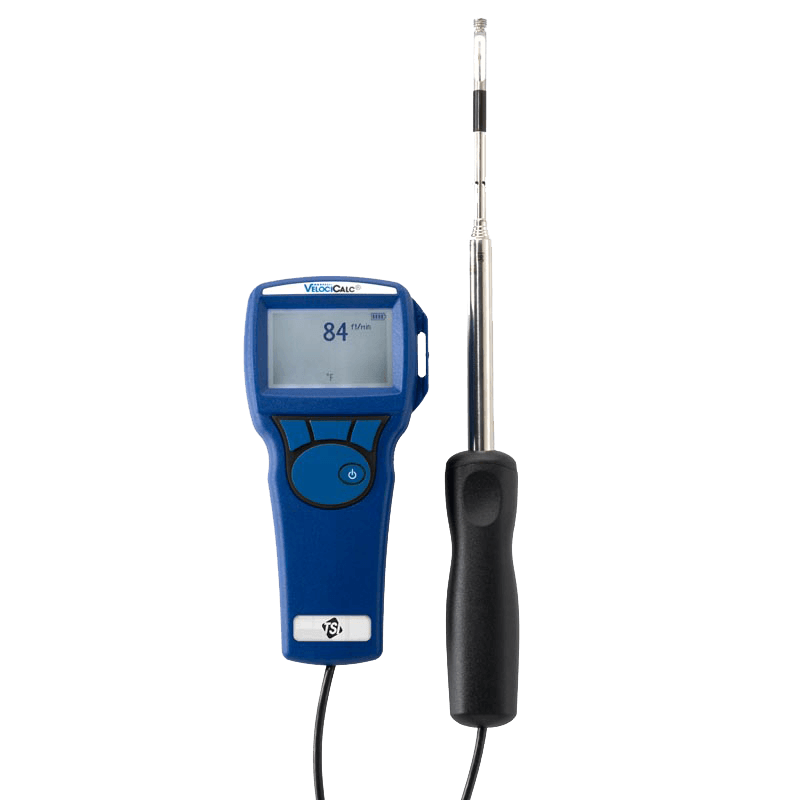Checking Out the Features and Benefits of Anemometers for Weather Condition Lovers and Experts
Anemometers stand as crucial devices in the world of weather condition tracking, dealing with both lovers and seasoned professionals alike. These devices offer a window right into the vibrant globe of wind patterns and speeds, offering indispensable information for meteorological evaluation and forecasting. From cup anemometers to sonic anemometers, each kind brings its special collection of applications and benefits, clarifying numerous elements of weather. As we dive right into the functions and advantages of anemometers, a much deeper understanding emerges not only of dominating weather condition phenomena but additionally of the wider ramifications for sectors like wind power manufacturing and environmental study.
Importance of Anemometers in Weather Condition Monitoring
Anemometers play an important duty in weather monitoring by supplying precise dimensions of wind speed, aiding in forecasting and understanding weather condition patterns. These tools, varying from typical cup anemometers to modern ultrasonic anemometers, are vital for meteorologists, researchers, and weather condition lovers alike.

Sorts Of Anemometers and Their Applications
With the important function anemometers play in weather condition monitoring and forecasting, understanding the numerous kinds of these tools and their applications ends up being vital for professionals and fanatics in the field. The most typical sorts of anemometers consist of cup anemometers, vane anemometers, hot-wire anemometers, and ultrasonic anemometers. Cup anemometers contain 3 or four mugs installed on horizontal arms that revolve with the wind, gauging its speed. Vane anemometers, on the other hand, make use of an easily rotating vane to straighten with the wind instructions, supplying both wind speed and instructions measurements. Hot-wire anemometers run based on the principle of convective warmth transfer, where the cooling impact of the air circulation is determined to figure out wind speed. Ultrasonic anemometers make use of ultrasonic acoustic wave to calculate wind rate and direction properly.
Each kind of anemometer has its unique benefits and applications. Cup anemometers are durable and ideal for basic climate surveillance, while vane anemometers are preferred for directional measurements. Hot-wire anemometers are delicate to low air rates, making them optimal for indoor settings. Ultrasonic anemometers are non-intrusive and offer high precision, frequently utilized in research study and specialized climate monitoring applications. Comprehending the characteristics and applications of each sort of anemometer is crucial for choosing one of the most appropriate instrument for specific weather keeping track of demands.
Benefits of Using Anemometers in Forecasting
In weather forecasting, the utilization of anemometers offers important advantages for enhancing the accuracy of weather projecting. Anemometers gauge wind rate and direction, offering important data for predicting weather patterns. By including wind information right into forecasting designs, meteorologists can better understand the movement of climate systems, prepare for adjustments in weather, and problem much more accurate projections.
Furthermore, anemometers play a crucial function in assessing possible weather condition threats. Monitoring wind rates aids forecasters anticipate severe weather occasions such as hurricanes, hurricanes, and winter months storms with better accuracy. This early caution system allows authorities to issue prompt informs and execute necessary safety and security steps, decreasing the risks to life and building.
In addition, anemometers help in optimizing renewable resource manufacturing. By evaluating wind patterns, meteorologists can recognize suitable areas for wind farms and forecast energy result, contributing to the effective home generation of wind power.

Anemometers in Wind Power Manufacturing
Given the vital duty anemometers play in supplying exact wind data for weather forecasting and risk assessment, their relevance includes the realm of wind energy production. Anemometers are necessary instruments in the field of wind energy, where the measurement of wind speed and click this link instructions is essential for establishing the usefulness and efficiency of wind turbine installations. By properly measuring wind speeds at varying heights, anemometers help optimize the placement and design of wind turbines to maximize power result.
In wind ranches, anemometers are purposefully positioned to accumulate real-time wind information that is made use of to examine the possible power production of a site. This data is important in identifying the economic viability of wind energy tasks and in projecting energy generation to guarantee grid stability. Additionally, anemometers help in checking wind problems to maximize generator performance, stop damage from high winds, and guarantee the safety of personnel operating in the location of wind generators.
Enhancing Weather Condition Understanding With Anemometers

Anemometers play a crucial function in improving our understanding of microclimates. These localized weather can vary considerably from wider regional forecasts, making it vital to have accurate information for details locations. anemometer. By tactically putting anemometers in various locations, scientists can collect comprehensive information on how wind acts in various terrains, urban environments, or bodies of water
In addition, anemometers add to enhancing weather forecasting versions by giving real-time data on wind behavior. This details is specifically useful for Look At This anticipating severe climate occasions, enhancing agricultural techniques, and supporting sectors like air travel and maritime navigation. On the whole, anemometers are very useful instruments that allow us to dig deeper right into the intricacies of weather systems, inevitably resulting in even more better-informed choices and precise forecasts.
Final Thought
In conclusion, anemometers play a vital role in weather tracking and projecting by gauging wind speed and instructions. Anemometers additionally have applications in wind power production, further highlighting their relevance in both weather forecasting and eco-friendly energy industries.
From mug anemometers to sonic anemometers, each kind brings its unique collection of applications and benefits, shedding light on different elements of climatic problems. These tools, varying from conventional cup anemometers to contemporary ultrasonic anemometers, are essential for meteorologists, researchers, and weather lovers alike. The most typical types of anemometers consist of mug anemometers, vane anemometers, hot-wire anemometers, and ultrasonic anemometers. Mug anemometers are appropriate and durable for basic climate surveillance, while vane anemometers are preferred for directional dimensions. Anemometers are important instruments in the field of wind energy, where the measurement of wind speed and direction is essential for figuring out the expediency and effectiveness of wind turbine installations.